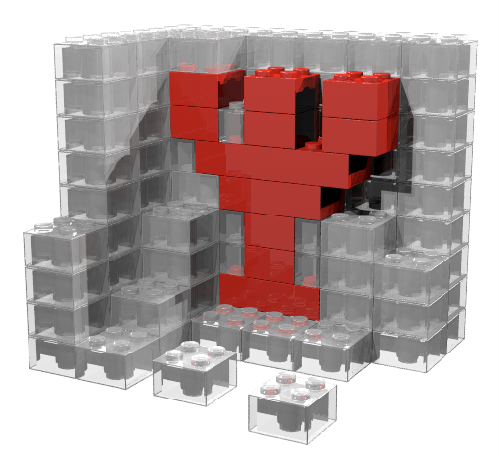Computing has come a long way – the smartphone you probably carry in your pocket is thousands of times more powerful than room-filling supercomputers that were the cutting edge only a few decades ago. However, at a fundamental level your smartphone and those earlier machines do not differ so much: they are both examples of what we now call “classical computers”, that is, machines that process information by manipulating strings of 1’s and 0’s, called “bits”. In recent years there has been much excitement about a new breed of machine called “quantum computers” that use so-called “qubits.” Unlike classical bits, qubits can be, in some sense, a 0 and a 1 simultaneously – just like Schrödinger’s cat can be alive and dead at the same time. But unlike the famous cat, qubits are now very real.
Unfortunately, these new quantum computers, built by the likes of Google and IBM, are highly experimental. They can’t do much, with only a few qubits available, are prone to errors and, guess what? They do fill a room, just like those clunky old machines of yesteryear. So the race is on to find ways these early quantum computers can be put to good use. In a paper I have published recently in Physical Review B I have suggested a new application.
The new proposal is to use quantum computers for the analysis of neutron scattering data. Neutron scattering is a technique scientists use to peek inside materials and observe their inner workings on the atomic scale – like an extremely powerful X-ray. The ISIS Neutron Source at the Rutherford Appleton Laboratory, near Oxford, is one of a few leading facilities around the world who can produce the necessary neutron beams. This is a key asset for the UK. It is used by academia and industry to look at everything from jet engines to archeological artifacts to superconductors. Earlier this summer £73m of new investment was announced for this facility.
The new proposal refers specifically to the use of quantum computers to analyse neutron scattering data from quantum magnets. These are materials whose atoms behave similarly to the qubits in a quantum computer.I have shown that neutron scattering data can be used to tell a quantum computer how to put its qubits in a state that mimics the way the atoms behave inside the material. Once this has been achieved, the quantum computer can then be used to deduce other material properties.
Better understanding of quantum materials is important, among other things, because they could be used in future quantum computer technologies. So, who knows, some years down the line you might be carrying a quantum computer in your pocket – made of quantum materials understood using today’s large, clunky, quantum computers and giant neutron beam facilities.

